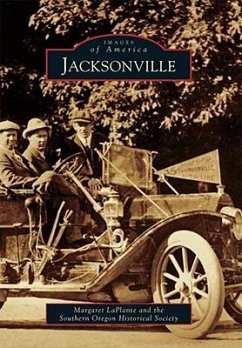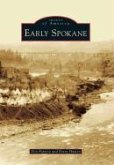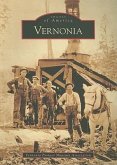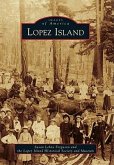It was the winter of 1851-1852 when the word "gold" echoed throughout the valley. Soon hundreds of gold miners flocked to Table Rock City, later renamed Jacksonville. In short order, families arrived and took out donation land claims and began farming, raising stock, and opening businesses. Many had already emmigrated from Europe, Canada, Ireland, and England. Jacksonville had its own Chinatown that was home to the many Chinese who had traveled far seeking their fortune through gold mining. When the railroad bypassed Jacksonville in 1883 in favor of the new town of Middleford, later renamed Medford, Jacksonville's fortunes reversed. During the ensuing decades, the town's buildings fell into disrepair. The threat of bulldozers leveling the downtown core in the late 1960s brought out a renewed interest in preservation. Today Jacksonville is a National Historic Landmark District and looks much as it did 150 years ago.
Hinweis: Dieser Artikel kann nur an eine deutsche Lieferadresse ausgeliefert werden.
Hinweis: Dieser Artikel kann nur an eine deutsche Lieferadresse ausgeliefert werden.








